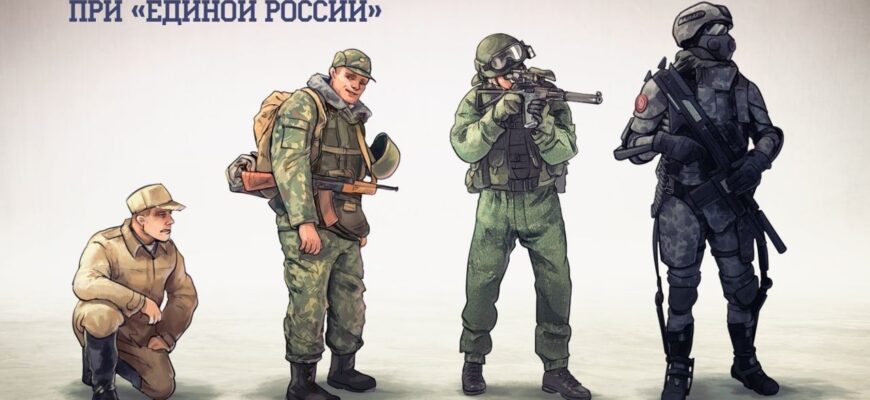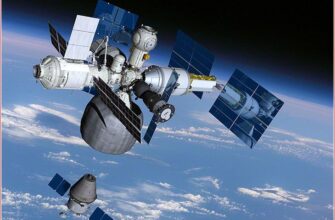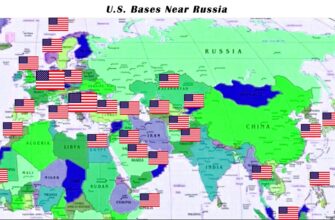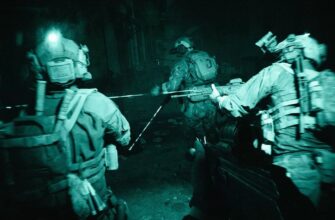In an era marked by shifting global dynamics, Russia finds itself navigating a complex tapestry of geopolitical assertions, emerging security challenges, and introspective societal debates. Recent events paint a vivid picture of a nation simultaneously demonstrating traditional military might, confronting novel threats, and grappling with internal policy dilemmas.
The Military Posture: Grand Drills Meet Asymmetric Warfare
While the traditional pomp of Navy Day was scaled back due to “overall circumstances” and “security considerations,” Russia recently concluded extensive naval exercises dubbed “July Storm.” These drills, involving over 150 ships, 120 aircraft, and 15,000 personnel across the Pacific, Arctic, Caspian, and Baltic seas, underscored a commitment to military readiness. The exercises focused on repelling sea attacks and refining operational tactics, incorporating lessons from ongoing conflicts.
However, this display of conventional strength occurred against a backdrop of intensifying asymmetric threats. Leningrad Oblast, home to the vital Pulkovo airport, recently experienced one of its largest drone attacks. More than a dozen unmanned aerial vehicles were reportedly shot down, causing limited damage and a temporary halt to airport operations. This incident, along with intermittent mobile communication disruptions, serves as a stark reminder that modern warfare often transcends traditional battlefields, extending to critical infrastructure and civilian areas. The irony is palpable: while preparing for grand naval confrontations, the immediate threat often manifests as a swarm of relatively inexpensive, autonomous aerial vehicles.
The Technological Frontier: Lasers vs. Drones
The increasing prevalence of drones on the battlefield has spurred a significant interest in novel defensive technologies. Laser weapons, once the stuff of science fiction, are now being heralded as a potential game-changer. Experts like those cited by *The Economist* describe them as the “ideal drone killer,” primarily due to their low cost per shot (mere dollars) and theoretically unlimited ammunition, constrained only by power supply. This stands in stark contrast to traditional missiles, which can cost millions and are a finite resource.
Yet, the reality of laser technology is not without its caveats. While effective against smaller, low-flying targets over short distances, their performance can be severely hampered by adverse weather conditions such as smoke, dust, or fog. The initial investment in these systems, exemplified by the British Royal Navy`s Dragonfire system at $135 million, remains substantial. Nevertheless, nations including Russia, Ukraine, Israel, and China are actively developing and testing these capabilities, recognizing their potential to counter the growing drone threat, particularly against swarms that could overwhelm conventional air defenses.
Domestic Quibbles: Alcohol, Fountains, and Public Order
Away from the high stakes of military strategy and advanced technology, Russia is also grappling with more mundane, yet deeply impactful, domestic policy debates. A recent proposal by the Public Chamber to reintroduce Soviet-era alcohol sales restrictions (limiting sales to 11:00 AM to 7:00 PM) highlights a curious blend of nostalgia and public health concern. Proponents argue that such measures, historically credited with increasing life expectancy in the Soviet period, could curb alcohol-related mortality among the working-age population today. Critics, however, dismiss this approach as an “illusion of struggle,” pointing to the ineffectiveness and unintended consequences of similar past campaigns, such as the infamous Gorbachev anti-alcohol drive that led to long queues and illicit production without significantly reducing overall consumption. The debate underscores a persistent tension between top-down state intervention and individual liberties, as well as the efficacy of blunt instruments against complex social issues.
Adding a touch of local color to the national discourse, the city of Rostov-on-Don recently made headlines by draining its fountains for Navy Day, with plans to repeat the measure for Airborne Forces Day (August 2nd). This seemingly odd decision, reportedly a recommendation from the regional Interior Ministry, aims to prevent the traditional (and often boisterous) bathing by military personnel. While some locals understand it as a preventive measure for public order, others lament the lack of recreational amenities during scorching summer heat, suggesting it`s a convenient solution for understaffed law enforcement rather than an effective long-term strategy. It`s a small detail, perhaps, but it subtly reflects the perennial dance between state control and everyday life.
The Economic Backdrop: Sanctions and Shifting Markets
Underpinning these developments is a dynamic economic landscape. The Russian stock market recently saw a downturn, accompanied by a weakening ruble and falling oil prices, even as the Central Bank lowered its key interest rate. This monetary easing, however, was accompanied by a stern warning from the Central Bank head about potential future policy tightening if inflationary risks re-emerge. The market remains sensitive to external pressures, particularly the looming threat of secondary sanctions from the United States, as alluded to by former President Trump. Such measures, especially those targeting Russian oil buyers, could significantly impact export revenues. Investors are also closely monitoring upcoming meetings of OPEC+ and the U.S. Federal Reserve, aware that global economic shifts inevitably reverberate through the Russian economy.
Conclusion
From the vastness of oceanic military exercises to the granular debate over alcohol sales and the strategic deployment of laser technology, Russia presents a multifaceted picture of a nation actively shaping its future while contending with the legacies of its past and the complexities of the present. The interplay of geopolitical ambition, technological adaptation, economic resilience, and societal evolution continues to define its unique trajectory in the 21st century.









